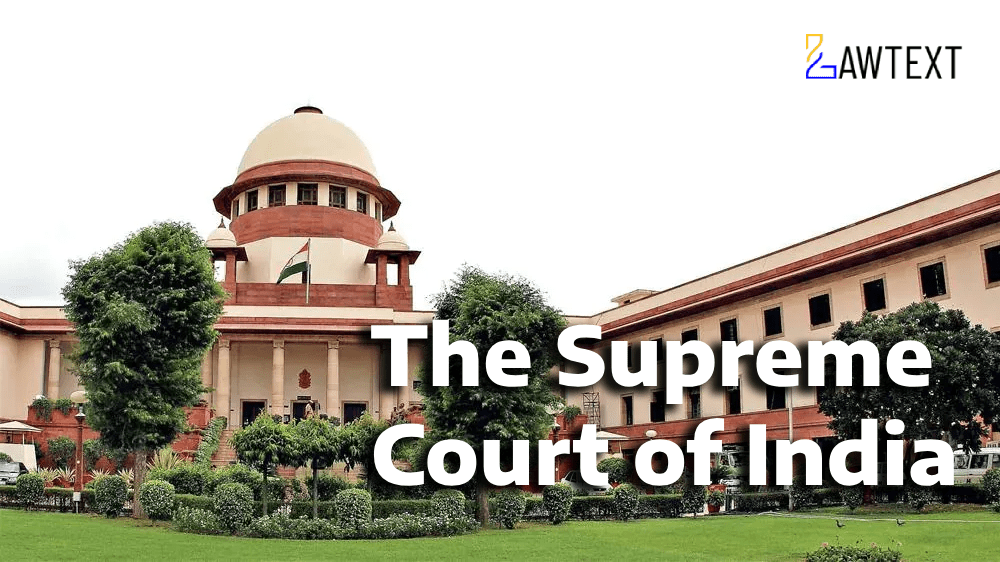CASE NOTE & SUMMARY
The Supreme Court of India, in the case of Seetharama Shetty vs. Monappa Shetty, addressed the legal implications of Sections 33, 34, 37, and 39 of the Karnataka Stamp Act, 1957. The case revolved around the dispute over the payment of stamp duty and the imposition of penalties on an agreement of sale dated June 29, 1999, which was alleged to be insufficiently stamped.
The appellant, Seetharama Shetty, had filed a suit for perpetual injunction to restrain Monappa Shetty from interfering with his possession of agricultural land in Mangalore, claiming that possession was granted as part performance of an agreement of sale. However, the trial court and High Court determined that the agreement was insufficiently stamped and imposed a tenfold penalty under Section 34 of the Act.
The Supreme Court, while upholding the requirement for payment of the deficit stamp duty, ruled that the imposition of a tenfold penalty was premature and directed that the case be sent to the District Registrar to determine the appropriate penalty under Section 39 of the Act.
I. Factual Matrix:
- The appellant, Seetharama Shetty, sought a perpetual injunction against the respondent, Monappa Shetty, claiming possession of agricultural land based on an agreement of sale dated June 29, 1999.
- The respondent disputed the validity of the agreement, arguing that it was insufficiently stamped, and sought to impound the document under the Karnataka Stamp Act, 1957.
II. Legal Proceedings:
- The trial court impounded the document and referred it to the District Registrar to determine the stamp duty and penalty.
- The District Registrar reported a deficit stamp duty of Rs. 71,200 and a tenfold penalty was imposed by the trial court, totaling Rs. 7,83,200.
- The High Court upheld the trial court's decision, but the appellant challenged this in the Supreme Court.
III. Supreme Court's Analysis:
- The Supreme Court analyzed the interplay between Sections 33, 34, 37, and 39 of the Karnataka Stamp Act, highlighting the differences in discretion available to the courts and the District Registrar.
- The Court ruled that the trial court prematurely imposed a tenfold penalty under Section 34 and should have referred the matter to the District Registrar for determination under Section 39.
IV. Conclusion:
- The Supreme Court set aside the tenfold penalty imposed by the trial court and directed that the matter be sent to the District Registrar for appropriate determination of the deficit stamp duty and penalty.
- The appeals were allowed in part, and the case was remanded for further proceedings consistent with the Supreme Court’s directions.
Citation: 2024 LawText (SC) (9) 21
Case Number: CIVIL APPEAL NOS. 10039-40 OF 2024 [@S.L.P. (CIVIL) NOS. 7249-7250 OF 2022]
Date of Decision: 2024-09-02
Case Title: SEETHARAMA SHETTY Versus MONAPPA SHETTY
Before Judge: (HRISHIKESH ROY J. , S.V.N BHATTI J.)
Appellant: SEETHARAMA SHETTY Versus
Respondent: MONAPPA SHETTY

